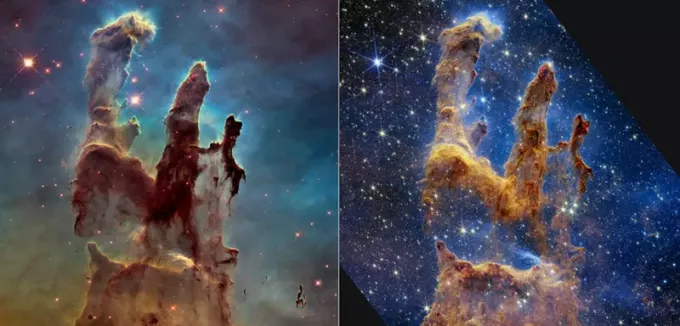Located on the European continent, the territory of Latvia borders Estonia (to the north), Russia (to the east), Belarus (to the southeast), Lithuania (to the south), as well as being washed by the Baltic Sea (to the west and to the south). Along with Lithuania and Estonia, Latvia is one of the Baltic Republics.
A former member of the Union of Soviet Socialist Republics, Latvia won its independence on August 21, 1991. country did not become a member of the Commonwealth of Independent States (CIS), whose economic bloc is formed by nations of the former Union Soviet. On May 1, 2004, Latvia became a member of the European Union (EU).
Approximately 45% of Latvia's territory is covered by forests, the country also has a marshy coastline, with sand dunes, as well as caves and forests, especially in the city of Sigulda. These physical characteristics provide ecological tourism in the country. Another tourist destination in Latvia is Riga, the national capital, with medieval buildings and art nouveau buildings, declared a world heritage site.
The main economic activities developed in Latvia are agriculture, which is based on the cultivation of sugar beet, cereals and potatoes; tourism and industry, whose main segments are: food, textile, wood and machinery.
The national population enjoys a good quality of life. Latvia's Human Development Index (HDI) averages 0.769 (high); life expectancy is over 72 years and the illiteracy rate is one of the lowest on the planet: 0.2%.

Coat of Arms of Latvia
Data from Latvia:
Territorial extension: 64,500 km².
Location: Europe.
Capital: Riga.
Climate: Temperate continental.
Government: Parliamentary Republic.
Administrative division: 26 districts and 7 cities.
Language: Latvian (official), Russian.
Religion: Christianity 67.2% (Protestants 12.4%, Orthodox 31.8%, Catholics 19.2%, others 3.8%), no religion 26.1%, atheism 6%, others 0.7%.
Population: 2,249,362 inhabitants. (Men: 1,036,706; Women: 1,212,656).
Ethnic Composition: Latvians 52%, Russians 34%, Belarusians 5%, Ukrainians 3%, Poles 2%, other 4%.
Demographic density: 34.8 inhab/km².
Average annual population growth rate: -0.4%.
Population residing in urban areas: 68.1%.
Population residing in rural areas: 31.9%.
Illiteracy: 0.2%.
Undernourished population: less than 5%.
Life expectancy at birth: 72.3 years.
Households with access to clean water: 99%.
Households with access to a health network: 78%.
Human Development Index (HDI): 0.769.
Currency: Lats.
Gross Domestic Product (GDP): $33.8 billion.
GDP per capita: $11,930.
External relations: World Bank, IMF, WTO, UN, NATO, EU.
By Wagner de Cerqueira and Francisco
Graduated in Geography
Brazil School Team
countries - geography - Brazil School


